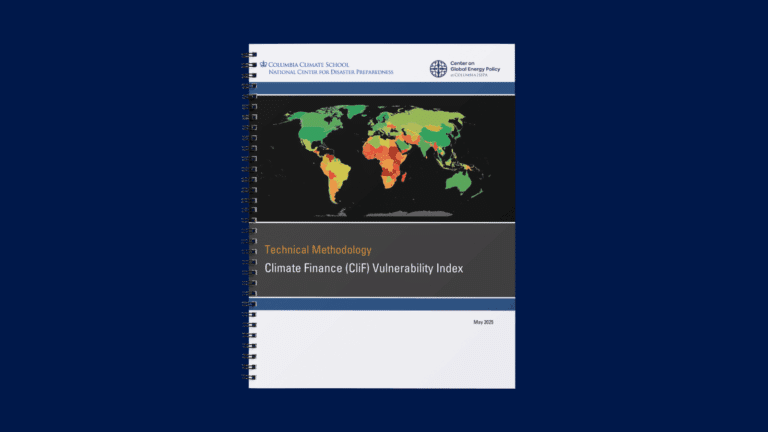Power prices are expected to soar under new tax cut and spending law
In states without policies to drive renewable energy, power prices could surge as federal tax incentives for clean energy disappear, according to Energy Innovation, a think tank.
Current Access Level “I” – ID Only: CUID holders, alumni, and approved guests only
External Publications by Tim Boersma • August 24, 2017
https://link.springer.com/content/pdf/10.1007%2Fs41825-017-0005-4.pdf
Recent technology innovation in the natural gas industry has powered a shale gas boom, enabling the narrative that natural gas is a transition fuel to a low-carbon future. However, this narrative has not manifested itself uniformly around the world and, more fundamentally, it must be tested and revised periodically to reflect rapidly changing market, supply chain, and environmental realities. The growth in production has put downward pressure on prices, incentivized increased consumption and trade in the coming years, leading to the coming of age of the global market for liquefied natural gas (LNG). LNG from areas with high levels of production can increasingly respond to demand growth elsewhere; however, questions about infrastructure availability, competition with other energy sources, and end use blur our understanding about environmental outcomes. New markets for natural gas face new medium and long-term challenges through capital investments in long-term infrastructure which creates a risk of displacing lower carbon options and prolonging higher emitting facilities. We explore the narrative of natural gas as a transition fuel, and how it has thus far manifested itself in various key markets. The United States is our region of focus on the supply side due to the recent shale gas boom and emission reductions from the coal-to-gas transition in the power sector. We make reference to producing regions involved in the international trade of liquefied natural gas. Questions related to demand from the European Union, OECD Asia, and parts of non-OECD Asia are discussed. China and India—representing the centers of prolific anticipated demand growth—are discussed in terms of challenges to domestic supply growth and competing environmental and political objectives.
The Climate Finance (CliF) Vulnerability Index is designed to provide a comprehensive understanding of climate vulnerability for nation states in order to improve the targeting and provision of climate change adaptation financing.

Energy abundance isn't a climate strategy—it delays clean energy progress, harms global cooperation, and repeats past policy mistakes.

Full report
External Publications by Tim Boersma • August 24, 2017